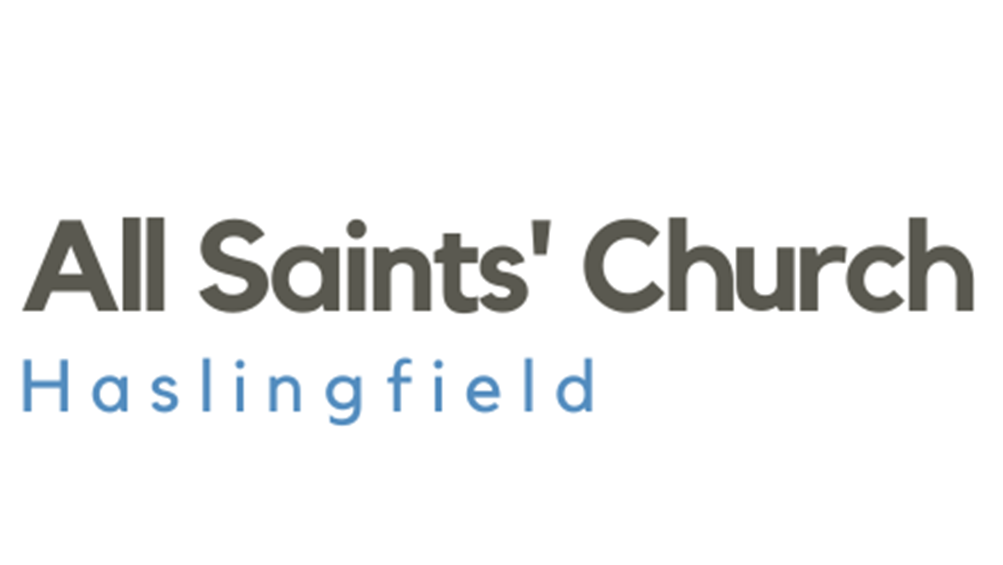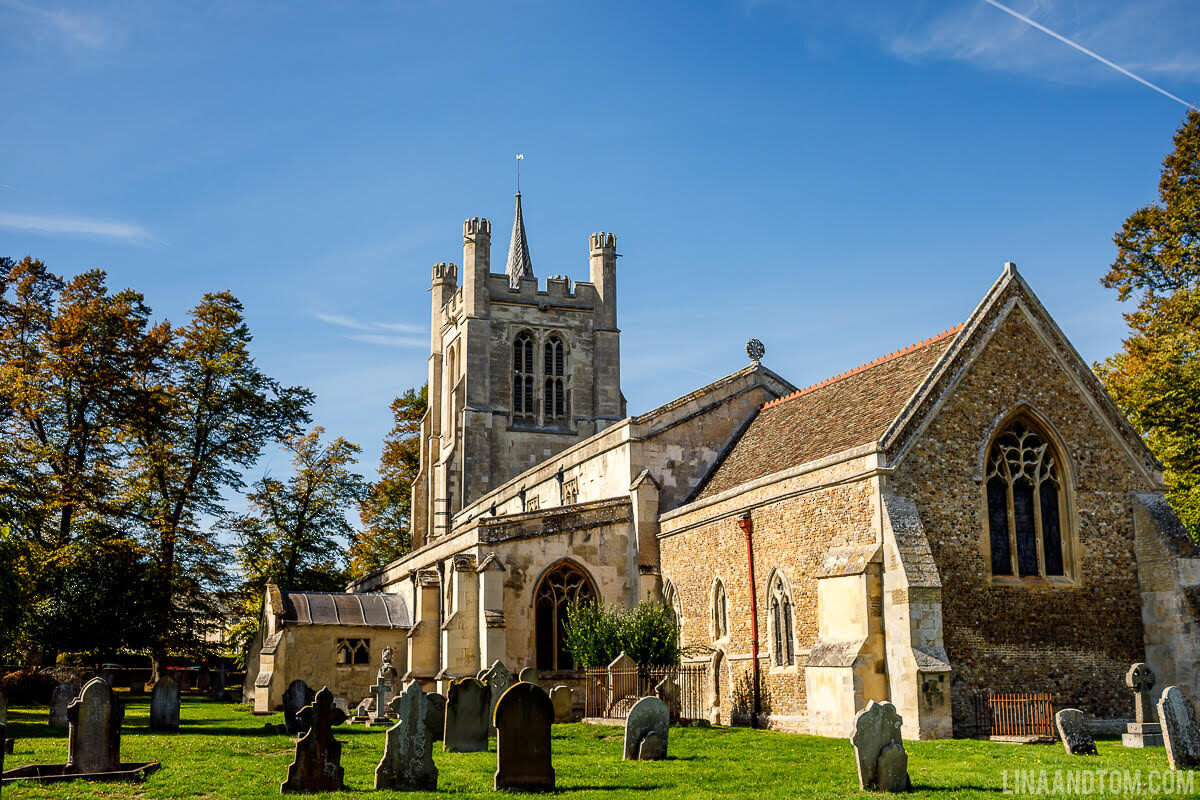How many of us pay our membership subscriptions to the National Trust or English Heritage? We visit historic family homes and marvel at 200, 400 years of continuous family residence, but here in Haslingfield we have 700 years of history on our doorstep.
Our medieval church has stood on that same spot throughout the reigns of thirty kings and queens and the parliamentary rule of Cromwell. It is a Grade 1 listed building and parts of the chancel walls, including the decorated arches, date from the time of the Normans. It was consecrated in 1352 after the ravages of the Plague in England but did exist before that time. The nave had been added by then and the tower was added some 50 years later.
There was a shrine to Our Lady of White Hill at the top of Chapel Hill, a natural lookout spot over the Fens. Mare Way was an ancient green road across from Ermine Street and the pilgrims descended from there on their way to Ely; records speak of its existence at the time of King Edward III. Thousands of pilgrims made their way through Haslingfield to All Saints’; the south porch contains their finger depression marks where they warned off evil spirits as they entered the sanctuary. By the 19th century nothing remained of the shrine, but the remains of a cottage known as Chapel Bush, built on the site, can be seen on ordnance survey maps dated 1875.
It is hard to imagine Haslingfield without its majestic church building, but it was only the wealth created by coprolite mining that enabled the village to employ an architect in Victorian times. The building had fallen into disrepair and was restored with changes made to the internal layout, as was the fashion of that period in the church’s history. The chancel floor was raised, with steps leading up to the altar. The rood screen and the Wendy family tomb were removed. A vestry was added and the vestry window was moved from the north chancel wall. It was recreated from medieval painted fragments and ancient armorial shields, becoming an interesting medieval Victorian hybrid. Medieval glass exists in many other windows. The ceiling spans, arches and carved corbel heads (or grotesques) date from those early times. The stone font is 400 years old and one cannot imagine how many infants have been baptized in it.
A small number from the congregation of All Saints’ Church continue the tradition of walking up Chapel Hill at dawn on Easter Morning to witness the sunrise. A simple service is held and a brazier lit, from which a lamp is taken down to the church. Its flame is used to light the Paschal candle for the Morning Service.


